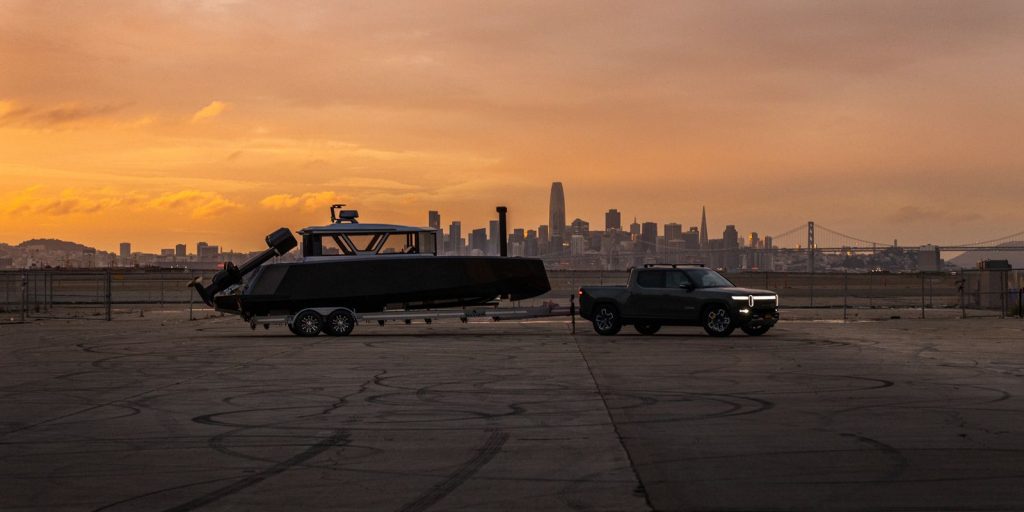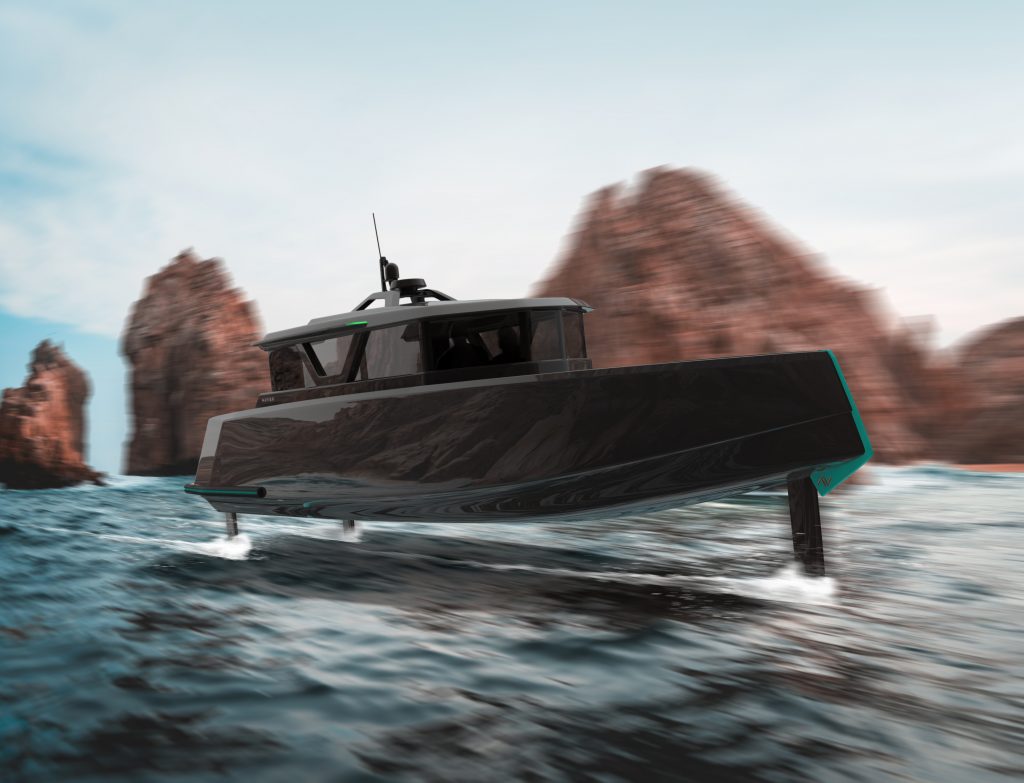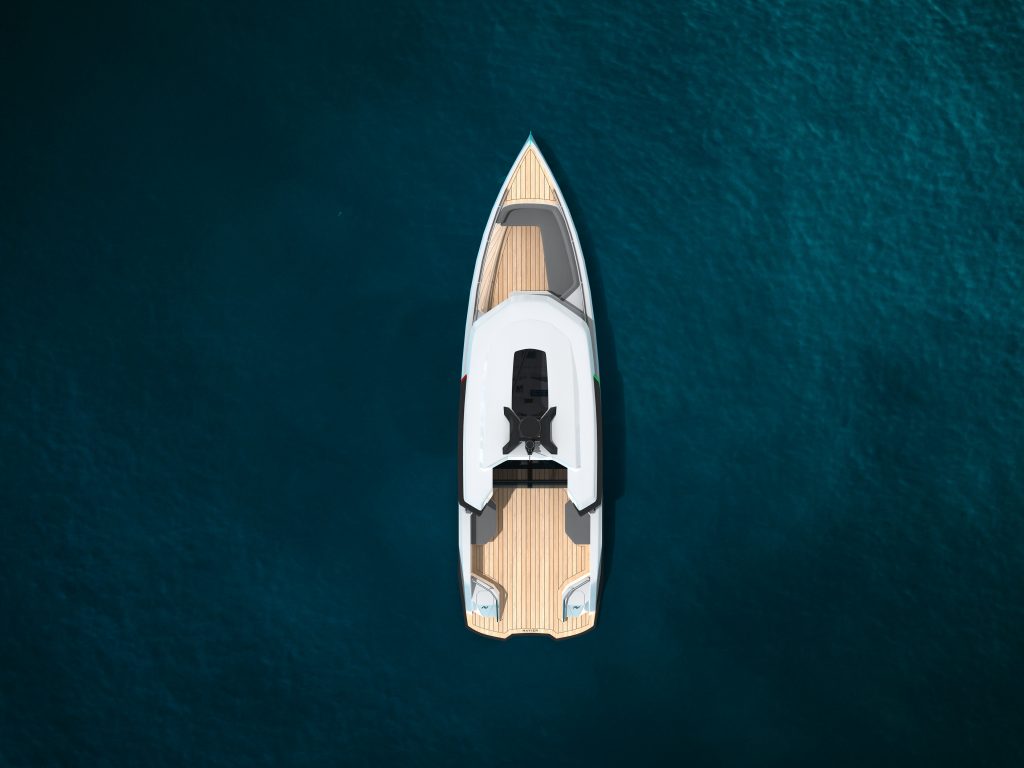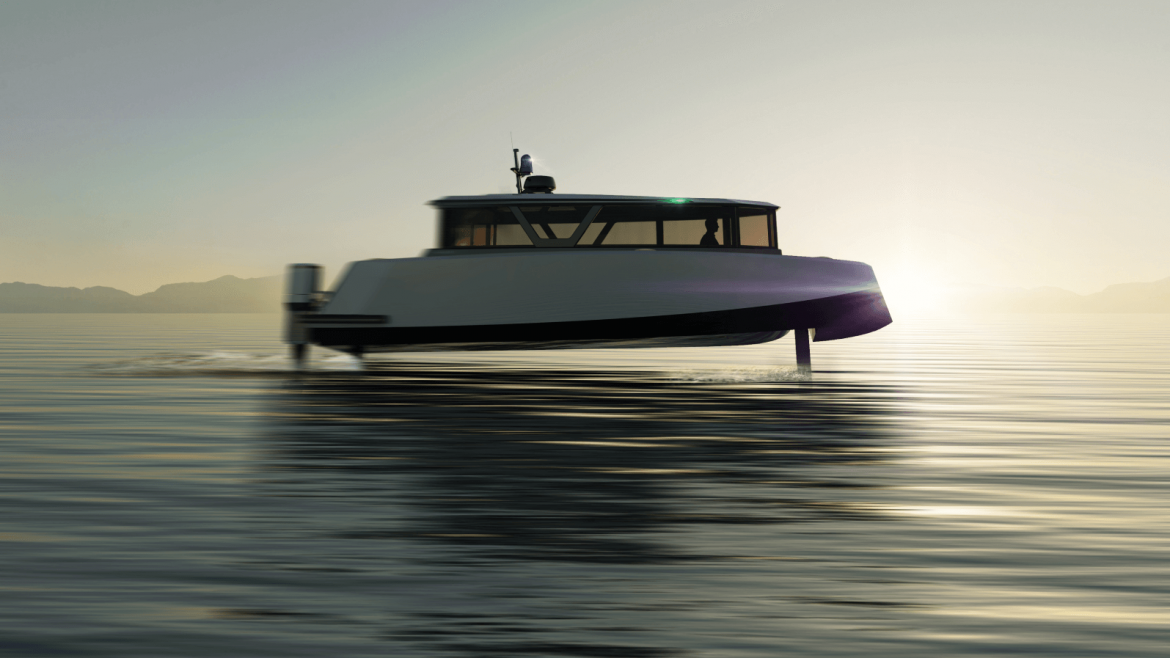In a world perpetually thirsting for innovation, there arises, once in a while, a name that stands out among the crowd—Sampriti Bhattacharya is one such name that you need to look out for. An Indian-origin engineer/entrepreneur is making waves in the United States with The Boat of the Future: Navier 30– America’s very first electric hydrofoil boat.
Bhattacharya’s narrative kicks off not with a blaze but with a flicker. An ordinary student in Kolkata with extraordinary grit, she chose to carve her own destiny against all odds, including discouragement from her teacher, who advised her to follow the conventional path of becoming a housewife, upon failing in Physics. But little did she know that this minor setback would only propel her towards a much bigger dream.
After navigating the bumpy terrains of engineering at Jadavpur University in India, Bhattacharya actively started charting out her next move. As she applied for 540 internships, enduring the sting of rejection 539 times, her spirit remained unbroken. It was at Fermilab, a particle physics laboratory in the United States, that she finally found her launchpad. With a heart full of ambition and hunger to learn, she made the life-altering decision to leave her homeland and embark on a journey to pursue her dreams.

In the United States, her passion for physics found a new canvas. Working as a research assistant at Fermilab, Sampriti kindled a fervent affair with Physics that would eventually shape the course of her life. Soon, an internship at NASA beckoned, where she immersed herself in the world of robotics and space exploration, gaining precious insights that would later be instrumental in her groundbreaking work.
In an interview, Sampriti quoted Steve Jobs: “The world is built by people no smarter than you and I.” This quote encapsulates the essence of her journey—it wasn’t just about intelligence, but also about audacity. With only $200 and an unwavering resolve to embrace life’s challenges, Sampriti relocated permanently to the United States in 2010.
Her academic pursuit continued with a master’s program at Ohio State University and later a PhD at the prestigious Massachusetts Institute of Technology (MIT). It was here that Sampriti’s innovative spirit found fertile ground. At MIT, she conceptualised and constructed an underwater drone named Hydroswarm, a remarkable device capable of mapping the ocean floor and detecting mines.
But it wasn’t until 2020, that Sampriti Bhattacharya and her co-founder Reo Baird finally launched Navier- a company with a mission to make the waterways as accessible as the highways. Navier set out to redefine the maritime industry, infusing it with hydrofoils, electrification, advanced composites, and intelligent software systems. The result was the Navier 30, a groundbreaking electric hydrofoil boat that transcends conventional vessels.

Electric boats have historically represented compromise—limited range, basic amenities, and modest utility. Navier, however, redefines the paradigm of waterborne experiences. With over 75 nautical miles of range at 20 knots in its standard configuration, the N30 is poised to cover remarkable distances silently and in an eco-friendly manner. This innovative vessel fuses state-of-the-art aerospace flight control with cutting-edge hydrofoiling technology, yielding a boat that is 10 times more efficient than traditional boats powered by gas. When in the hydrofoil mode, the N30 soars gracefully above the water by lifting its hull above the waves, rendering seasickness and wake a distant memory, while minimising shoreline impact.
The N30 is a testament to ingenious design, harmonising futuristic aesthetics with classic elegance. It offers both luxury and utility without compromising performance. This versatile boat caters to diverse needs, from fishing and water skiing to family outings and serves as a unique yacht tender. The N30 boasts cutting-edge software at its core, making it the most advanced electric marine vessel to date. Equipped with a proprietary flight control system and HIRO interface, flying the N30 becomes a simple endeavour for any marine enthusiast. Regular software updates promise continuous enhancements, including the one-click auto-docking feature.

Navier represents a transformative mode of transportation, offering scalability, eco-consciousness, and comfort. It addresses the challenges of congested coastal cities, offering an escape from land-based traffic. By operating from existing urban marinas, Navier aims to diversify waterborne transit, betting on a future characterised by small, high-speed, and frequent water-based transportation. As more commuters embrace waterways, the burden on terrestrial infrastructure wanes, effectively transforming aquatic expanses into modern highways accessible from every coastline without the need for specialised infrastructure.
Navier 30’s genesis is a narrative of persistence and audacity. A revolutionary concept for a watercraft that defied convention—infusing hydrofoils, electrification, advanced composites, and intelligent software systems. Navier 30’s inception challenged the norm and dared to rewrite the rules of maritime travel, much like Bhattacharya’s journey that spans an awe-inspiring 13 years. When asked what she would have done if Fermilab had declined her internship, Bhattacharya cheekily responded that she would have emailed another 500 companies.



